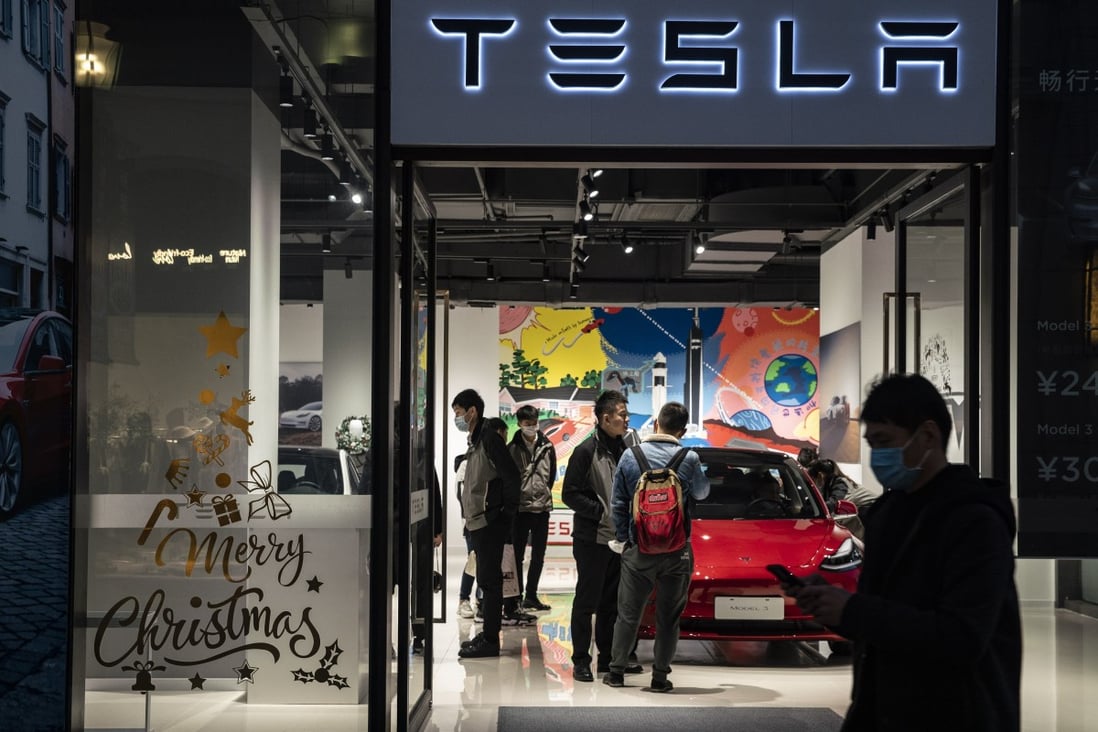This Electrified piece was quite good, in my view. It did leave out specific mention of the Indian BEV's now in production:
Mahindra Electric- Explore range of electric cars in India
Tata Nexon EV - India's Own Electric Compact SUV Powered by Ziptron
Of particular interest is the Tata subscription plan.
In earlier posts on Tesla opportunities in India I did not discuss about the existing production and existing developments.
Mahindra has concentrated on TukTuk and small commercial vehicles mostly, but several others are doing that too. In that respect India is beginning to resemble quite a bit of China early development.
The large questions is how well Tesla can do when they are beginning at very much high end for India. Clearly there expectations initially are modest. The question is really what comes next. I do not expect a GF anytime soon but certainly some type of factory will appear within a year or two. Once they understand how to succeed in India I share an optimism about the future. However...just remember all those who've come before. It is not easy!
Note: I am a cynic about India, partly because my first financial industry line job was doing a workout on a sizable India/Iran/UAE scam that nearly broke the bank I worked for. There is nothing quite like a bad debt workout to lead to understanding the seamier side of life.
Of course my introduction to that subject was in New York with salad oil, real estate and airline deals. Those made me a trifle cynical about some politicians too.
Elon faces quite serious obstacles in India, but I wager that he and several senior executives are very well equipped to understanding how to avoid fraudsters. That is a delicate dance.



